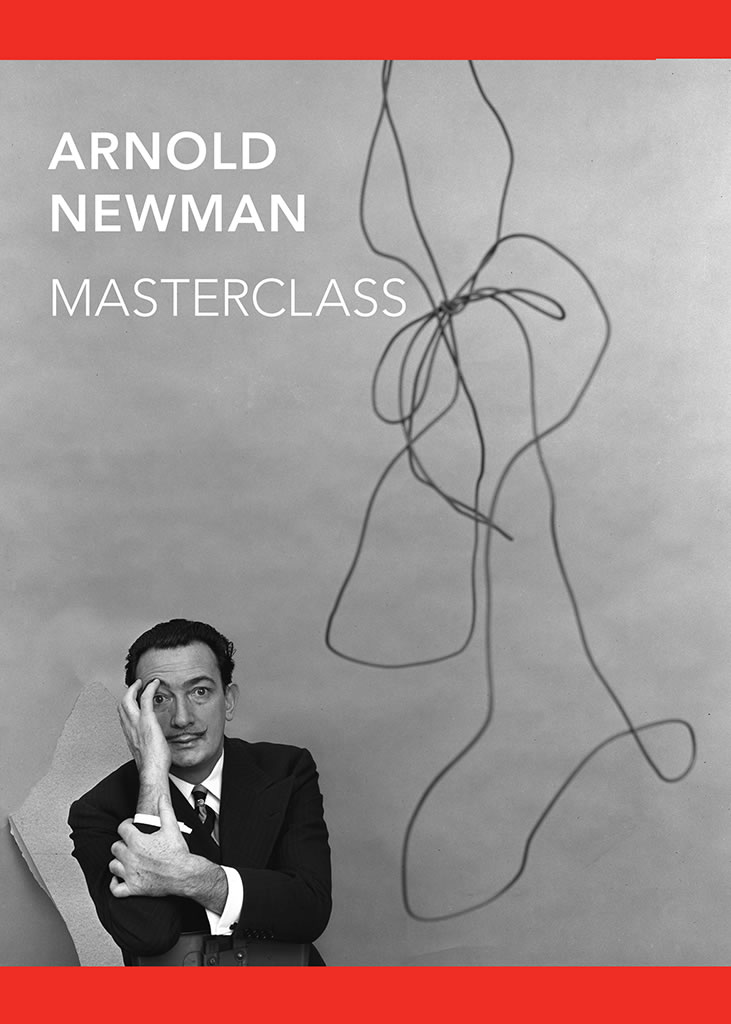Arnold Newman
Masterclass
February 12, 2013 – May 12, 2013
Over the course of nearly seven decades, Arnold Newman (1918–2006) created iconographic portraits of some of the most influential innovators, celebrities, and cultural figures of the twentieth century. Featuring more than 200 of these well-known masterworks, Arnold Newman: Masterclass also includes rarely seen work prints and contact sheets that provide unique glimpses into the development of the vision of this master of portrait photography. Additional materials gathered from the Arnold Newman archive, which resides at the Harry Ransom Center, include manuscripts, correspondence, business records, and magazine tear sheets, all providing exceptional insight into Newman's life and career.
The first major exhibition of the photographer's work since his death, Arnold Newman: Masterclass examines the evolution of his singular vision. The exhibition presents early experiments Newman made while working as a studio photographer in Miami Beach, including informal portraits, cityscapes, documentary images, and design studies. It was during this formative era that he began to perfect the "environmental portraiture" style for which he would become famous. After making New York City his permanent home after World War II, Newman traveled the world, fulfilling assignments for leading picture magazines such as LIFE and Holiday.
Newman's celebrated approach to portraiture, in which subjects are pictured in their personal surroundings rather than in a photographer's studio, seemed simple; musicians posed with their instruments, for example, or statesmen stood in their halls of power. Newman, however, imbued such imagery with subtlety and meaning. As his photographs consistently demonstrate, such portraits could also express complex layers of emotional, psychological, and cultural significance. Newman found that he could produce "pictures of people" with symbolic substance, often emblematic of the larger values of society.
The title of this exhibition acknowledges Newman's commitment—especially later in his career—to education. His approach to teaching operated on the understanding that photographs can instruct as well as illustrate, and that such instruction is ongoing. Viewers of his photographs have the opportunity to learn each time they return to his memorable body of work. Thus this comprehensive exhibition might serve as a sort of classroom in which viewers are invited to explore the life, career, and art of this important master of the photographic image.


